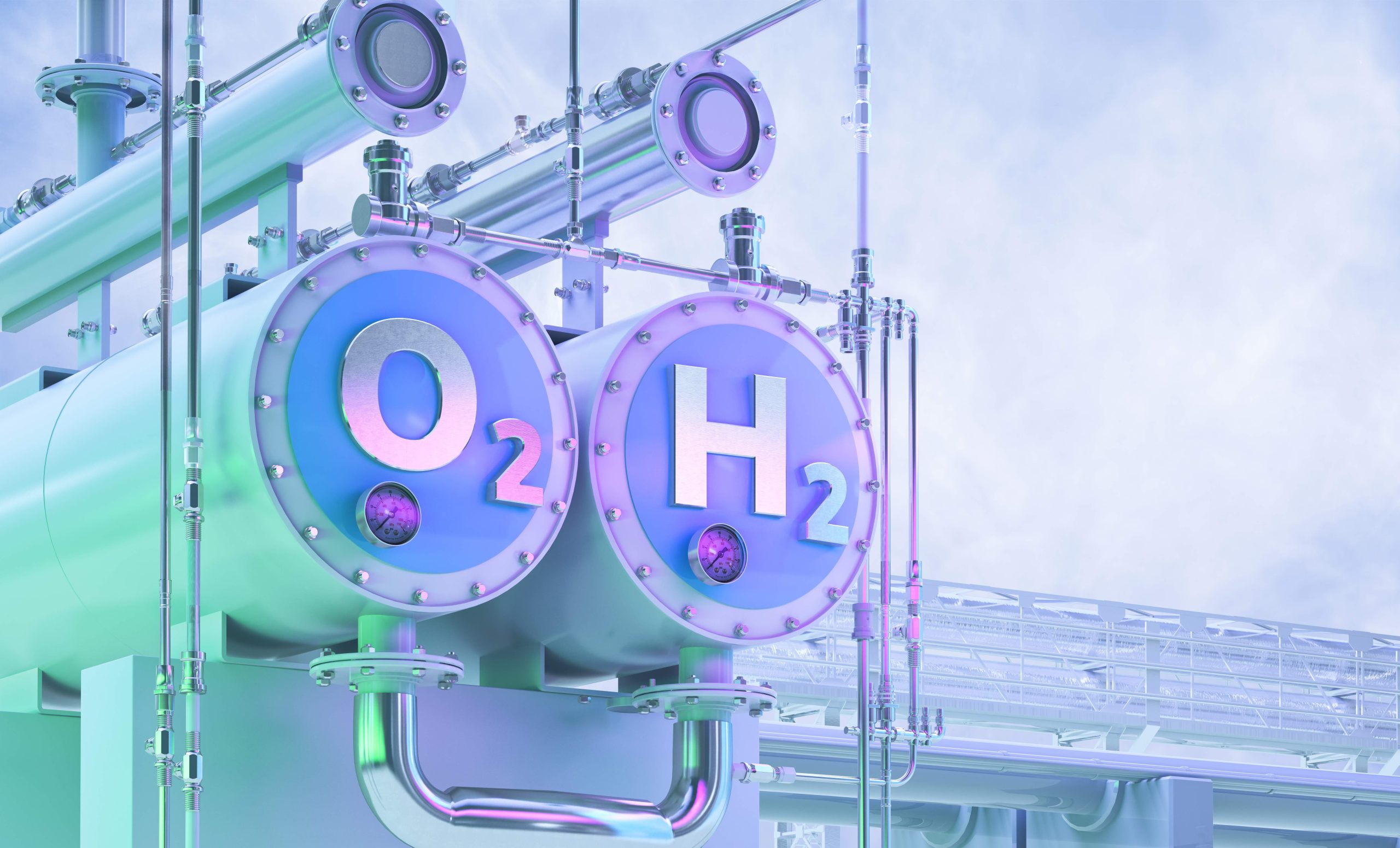How is Motorsport Helping to Push Hydrogen Boundaries?

A student team in The Netherlands is aiming to educate the world about the possibilities of hydrogen by building a hydrogen-powered racing car. Hydrogen Industry Leaders spoke to Green Team Twente about the race car and the opportunities it brings.
Green Team Twente is a student team that consists of 26 students from the University of Twente and Saxion University of Applied Sciences.
Since 2012 the team has competed against other teams worldwide in the Shell Eco-Marathon and is currently the European and World Champions by winning the European and World Cups in 2019.
Now the focus has changed from building not only an efficient car but also one with greater speed and power, with Green Team Twente deciding to participate in a new type of race – the Formula Student race.
Showing The World Hydrogen Opportunities Is The Aim
Hydrogen Industry Leaders spoke to Lynn Grimberg, Communication Manager at Green Team Twente about how the team is pushing the boundaries of hydrogen technology: “Green Team Twente strongly believes in hydrogen being an alternative to fossil fuels and thus forming a solution for a sustainable future.”
Therefore, we want to educate the world about the possibilities of hydrogen. We do this by building a fast-racing car that is powered by hydrogen and participating in the Formula Student competition.
This year Green Team Twente has three main objectives: Push hydrogen technology by building a new and fast hydrogen car, show the world what hydrogen already means now and what it could mean in the future, and start a competition within the Formula Student.
Green Team Twente Has A Control And Safety System In Place
Green Team Twente began building the hydrogen-powered race car in September 2022 and started testing the components in the car so it could be turned into one system that can be put into the car.
Lynn explained that testing is crucial because of how complicated building a hydrogen-powered race car is: “On the mechanical side, it is hard to estimate how much bigger the car needs to be to allow everything to fit inside.
“This year we also have a new aerodynamics package which means we need extra cooling that can only be delivered with the airflow that happens during driving.”
The challenge is that the system needed to build a driving race car is more complex than that of a benzine or diesel car.
The reason that it is more complex is that there are more components needed and the fuel cell, where the hydrogen is converted into driving power, is sensitive. This means that the temperature, pressure and humidity need to be exactly right.
In addition, there also needs to be more cooling since the system produces more heat. To ensure that it all goes right, Green Team Twente have a control and safety system.
The Motorsport Sector Must Acknowledge The Importance Of Hydrogen
Going forward, Lynn expressed that to see the motorsport industry become more sustainable and energy-efficient, it is essential that hydrogen is recognised: “We are unique in what we do and definitely a forerunner.
“The competition we will participate in is the Formula Student competition, however, right now there are only three classes in the competition: the combustion class, the electric vehicle class, and the driverless class. A hydrogen class is still non-existent.”
Lynn revealed that Green Team Twente is currently in contact with the organisation to set up a hydrogen class and that Formula Student Netherlands is excited about this opportunity.
To finish, she said that the team are hoping that through their hydrogen-powered race car, it can highlight how important becoming more sustainable is: “With our hydrogen racing car, we can show the racing industry that it is still possible to race in a sustainable way.”
During the development of the car, we gain a lot of new knowledge which can be useful for the hydrogen industry.
Becoming more sustainable is not just crucial for the motorsport industry but beyond. Through building the hydrogen-powered race car, Green Team Twente is exploring and pushing the boundaries of hydrogen, showing what it is truly capable of.

